|
There’s been one constant in traveling through Croatia: the sea. The incredible Adriatic weaves between and around more than one thousand islands that dot the Dalmatian coast. The islands protect the mainland shores and the sea gently laps against rocky beaches of rugged coastline and whitewashed city harbors. The ancient city of Zadar is no different. After short stints in Sibenik and Biograd Na Moru, we arrive by bus on the outskirts of the old town which sits on a small, oval peninsula splashed with terracotta roofs. Our short walk into the city provides an incredible first impression. Newer and less beautiful on the edges, but gorgeous at the core. The apartment we’ve rented lies just west of the main walking street, where throngs of tourists pass by. With french doors that open onto an absent patio, the sounds of the city burst inside and we know we’ve found a great starting point for some serious exploration. The next day we take a daytrip to the City of Nin. We meet with Marijela, the welcoming and kind Director of Tourism for the city, and she takes us through Nin’s rich history and sustainable travel initiatives. First, a stop to a natural salt factory, making salt the way the Romans did thousands of years ago. Then, we take in Queen’s beach where visitors of Nin flock to scrub medicinal mud on their bodies for its healing powers. Apparently this mud, from the mineral-rich Adriatic, makes for a very healing bath, one people have been using for centuries. After a walking tour of the old town, set on a peninsula at the northern tip of the Dalmatian coast and with only 500 inhabitants, we make our way to Sinjorina Smokva, an organic fig farm just outside the city. It’s there that we meet with Sandra and Alan Babac, the proprietors, and their family. These incredible people produce a small quantity of organic fig, quince, and cherry jams each year using only sustainable methods. We sit in their beautiful farmhouse, chatting as we slather each jam on homemade pancakes while the Bora winds start to blow outside. (Look for our features on the surprisingly sustainable City of Nin and OPG Babac Fig Farm in the next few weeks!). We grab the last bus back to Zadar. It’s loaded with teenagers and twenty-somethings, all dressed up and leaving their countryside villages for a night out on the town in the “big city” of Zadar. We think about joining them, but at this point it’s nearly midnight and we’re beat. Maybe next time... Back in Zadar the next morning, we set out to canvas the city. Making our way through the tight streets by foot, we gravitate to the water and stumble upon Kolovare beach. An Olympic-sized swimming pool, filled naturally with salt water by an opening to the adjacent sea, is surrounded by stadium seating, which we presume are reserved for water polo matches. At the corner of the massive pool, we spot a concrete high dive platform standing at least 10 meters above the gently bobbing waves of the Adriatic. Locals leap off the top platform, doing flips and straight dives into the deep water. At the sight of the pool and platform, we race back to our apartment to change into our swimsuits, then quickly make the 15-minute walk back to the beach. We leap into the pool first, but quickly get out and launch ourselves into the sea. Taking turns jumping off the short ledge, we float in the salty water, instantly feeling completely free and alive. The Adriatic clearly plays an integral part in the lives of Croats and it’s easy to understand why. The weightless feeling of falling into this beautiful water is invigorating. Just like in Split (and our stops in between) we can’t get enough. Stopping short of taking the 33 foot plunge from the highest platform, we enjoy our much shorter jumps and head to Zadar’s famed sea organ for sunset. Zadar's riva (oceanfront walk) is packed. Performers dance along the walkway, tourists snap photos, and boats pass by in the calm water as the sun starts to set. Keeping our sunset ritual in tact, we bring along a bottle of wine, which on this occasion, is accompanied by some delicious fleur de sel dark chocolate from the salt factory in Nin. Finding a perfect spot among the crowded steps of Zadar's famed Sea Organ, we immediately understand why this is such a popular attraction. Built in 2005 by architect Nikola Basic, the organ is made up of tubes and a resonating cavity, which is played by the wind and the sea (not so different from the wave organ in our hometown of San Francisco). The marble steps we sit on came later, along with the locals and tourists who take in the sounds every night. As the incredible Croatian summer sun sets, the giant organ plays slower, then faster when the waves come more rapidly. We sip our wine and happily take in the sights, sounds and energy of Zadar. Zadar, along with the rest of Croatia, has lived through a tumultuous past. Rich in Roman history and dating back to prehistoric times, it was heavily shelled during the Croatian War of Independence. But today it thrives. Full of energy, beautiful parks, old buildings, and a picturesque coastline, this city of just over 75,000 people exudes authenticity, which can be hard to find in Croatia’s high tourist season. We're only here for a few days but by the end of our visit, we determine that the city of Zadar, and neighboring Nin, is officially our favorite place in Croatia. We will absolutely be back.
1 Comment
The landscape is arid. The temperature a balmy 85. Urban sprawl, in the form of decades old and typically bland, high rise apartment buildings, spreads across the rolling hills surrounding the “old town”. But Split, set halfway up the Dalmatian Coast, is anything but typical. Like many other cities in Croatia, the term “old town” is a bit of an understatement, with buildings dating back thousands of years. One of the country’s seven UNESCO World Heritage sites, the Historical Complex (with the Palace of Diocletian) sits directly on the Adriatic Sea, with a postcard perfect view of islands surrounded by calm, clean, turquoise water in the distance. The Splitska Riva, a palm tree lined coastal walk fronting the white stone ancient town, is packed with vacationers sipping cocktails, licking cones stacked with gelato and strolling hand-in-hand. It’s a little like Central Europe, with a bit of Eastern Europe and a dash of Mediterranean, all rolled up in one. Strangely familiar in the narrow streets and pizzerias, the white hillside buildings and sparkling blue water. Yet also delightfully foreign with its noticeably Slavic influence, uniquely established culture and language. Following the war of Independence that ended in 1995, tourism in Croatia has skyrocketed. In summer months, visitors from all over Europe flock to the spectacular island drenched coastline to swim, boat, and lay in the sun. It’s easy to understand the allure. Within hours of arriving we find ourselves wondering why more Americans don’t include this awe inspiring place in their European vacation. Exploring the ancient city of Split is an experience in itself. Roman, medieval, and renaissance buildings vary in age but share a similar look of uniformed white stone, each topped with ceramic red tiles. The streets in the old town wind in a complex web from the center where tall columns connect the archways of Diocletian's Palace, built for the Emperor in 305 AD. At the northern wall outside the bronze gate, stands a tall statue of Grgur Ninski. Adored by Croats, he was the first Bishop to use the Croat language in religion. The left big toe at the bottom of his massive likeness is gold from years of locals and visitors alike who’ve rubbed it in hopes of finding good luck. The narrow stone streets, slippery with age, are lined with souvenir shops selling products such as olive oil, grappa, and lavender, all benefits of the Mediterranean climate. It’s August and summer is in full swing. We’ve seen photos of the Croatian coastline and, having been landlocked for far too long, are anxious for some beach time. In search of a place the locals go we walk past the harbor, down the seaside riva to the base of Marjan Hill. Swimsuit and sunscreen clad families and teens walk ahead along a skinny sidewalk on the ocean’s edge. A sharp corner unveils a steep forested hillside with smooth rocks near the ocean. Every section of the shoreline is covered with bronzed bodies, beers, card games, and beach towels. Further along, teenagers leap from the highest rocks into the ocean, egging one another on to go higher and higher with each jump. Metal staircases line the pathway, making for easy transitions from jumping to swimming, then back to jumping. We arrive at a Jezinac Beach, stony and with a roped off area for swimming and a small wood bridge to a rocky outcrop. Having lived in Hawaii, we’re astounded by the ocean conditions, or lack thereof. The water is not only clean and clear, but also lake-like calm; the only “waves” are formed by the wake of a nearby speedboat. We lay out the $3 sarong we picked up at a market in Cambodia and spend the next couple hours swimming, laying in the sun and watching the local teenagers test their courage with flips and tricks off the highest cliffs. It’s our first day here, and we decide that the only option is to “do as the locals do” and jump into Croatia head first. We’ve quickly found a new hobby, becoming addicted to the adrenaline rush of plummeting into the ocean with every jump. Walking home, as the sky turns a brilliant orange, we decide that cliff jumping in Croatia is a world tour highlight and wonder how it’s not included in every guidebook. One of the many reasons Croatia draws so many visitors during the summer is it's incredible coastline. In addition to the clear and calm ocean water, the country is home to over 1,000 islands, making it ideal for boating and exploring. The largest island in the country, Brac, is an easy 50 minute ferry ride from Split (ferries run every hour until 10:45pm). In true Ryan & Megan fashion, we barely make the noon ferry, running onto the boat literally seconds before it pulls out of the harbor. Upon our arrival we catch a bus to Bol, a small town on the island’s southern coastline. We’re in search of the island’s most famed beach, called Zlatni Rat, that sits on a narrow peninsula with water on three sides. Winding through groves of olive trees on switchback roads, we finally reach the opposite shore. The beach is everything we expected and more, surrounded by shady pine forests and with enough people to feel energized but not too many to ruin the experience. We plan to take the 6pm bus back to the ferry but end up staying for sunset, unable to peel ourselves off the ground. With a little over two weeks in Croatia, we plan to slowly work our way up the coastline, stopping in five ancient cities along the way. Even at the beginning of our trip, we are 100% positive that our two weeks is far too little, and are already planning our trip back.
|
Cohica TravelA travel design agency. Categories
All
Archives
October 2023
Follow us on Instagram @CohicaTravel
|


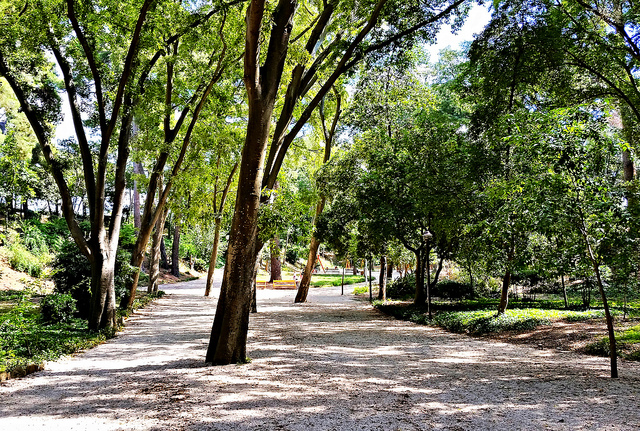





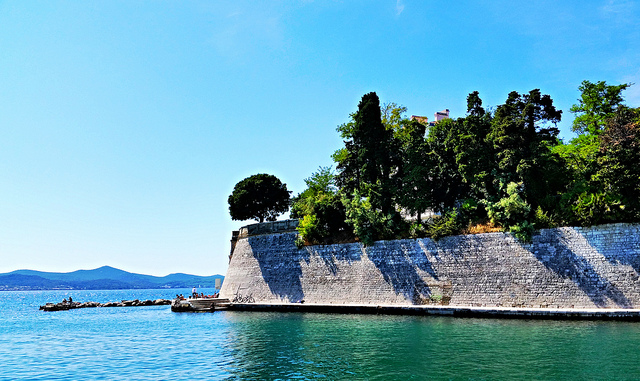





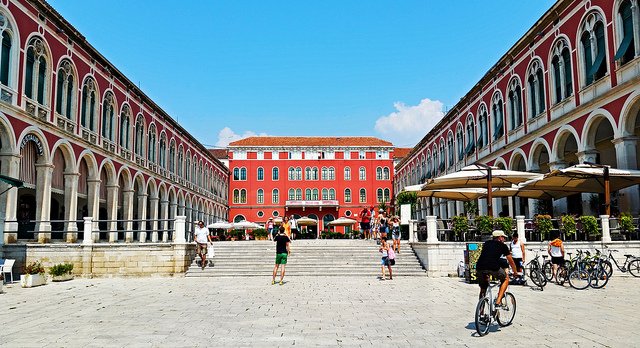








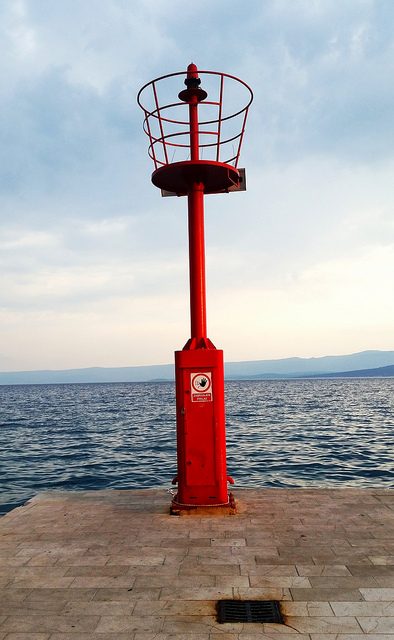







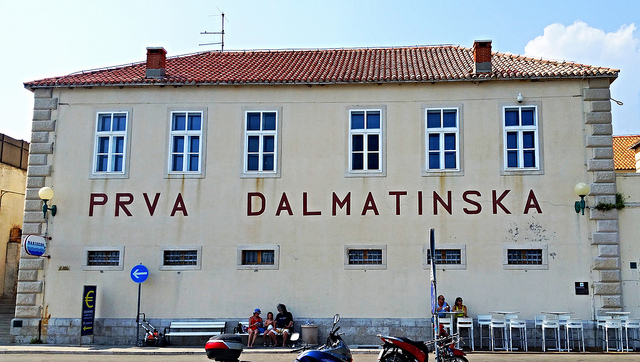

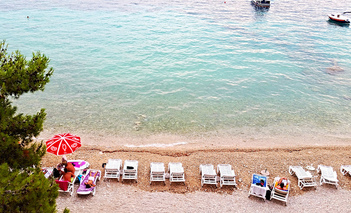
 RSS Feed
RSS Feed
